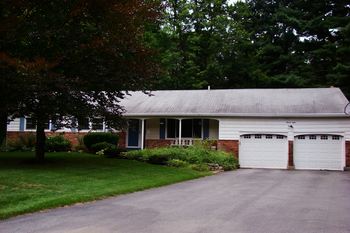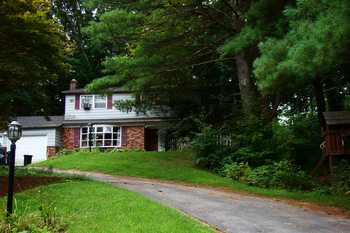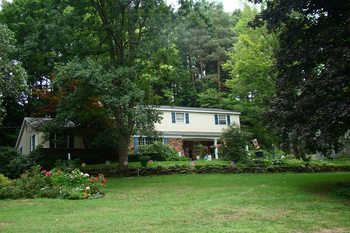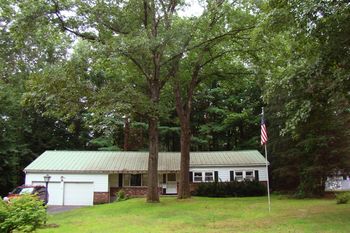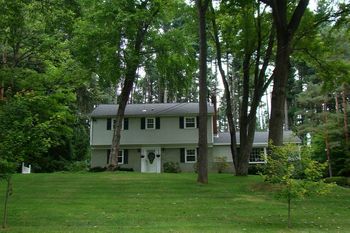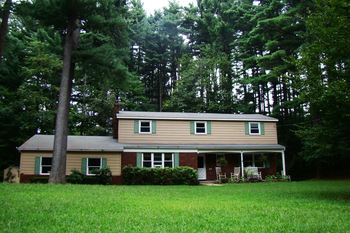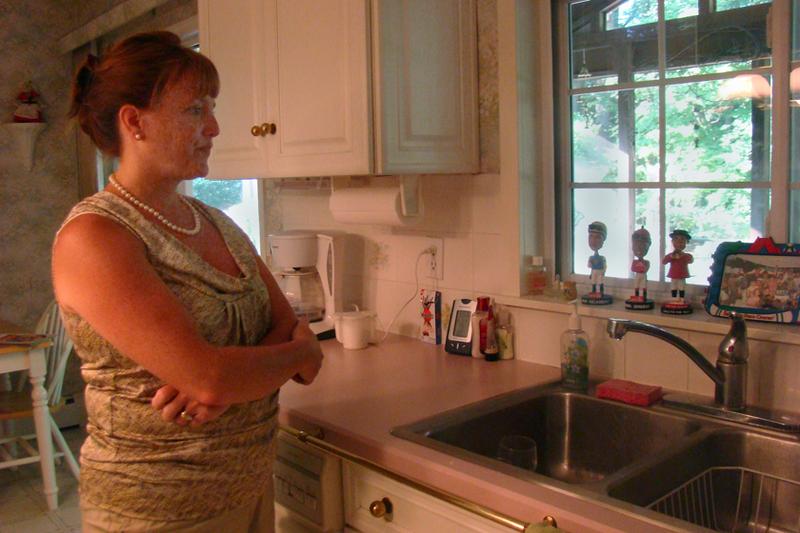
Nestled in rolling hills of Saratoga County about 30 minutes north of Albany, the development of Country Knolls is dotted with traditional colonials and long, low ranch-style homes. Its winding roads are lined with soaring maples and pines. There’s a busy community pool and an 80-acre woodland reserve through which the local boy scouts cut a series of trails.
In a time when the concern about growing income inequality has found outlets in the Occupy Wall Street protests and made its way onto the presidential campaign trail, this community doesn’t have to worry about the wage gap between its residents. The median income here is a comfortable $107,000 a year, according to analysis by U.S. Census Bureau.
In fact, Country Knolls is the place with the greatest income equality in the nation. No one in Country Knolls lives below the poverty line, but the super wealthy don’t live here either.
Much of Country Knolls’ income equality can be attributed to real estate developer Robert Van Patten, who began construction on the development in 1964. After the Adirondack Northway, Interstate 87, was expanded into the region, he saw a business opportunity in building homes on land that had previously been remote wooded hills and some farmland.
Over the next 2-1/2 decades, he built roughly 1,300 houses in Country Knolls and thousands more in other nearby developments.
“Van Patten’s a self-made man,” said Glenn Valle, a lawyer, head of the Country Knolls Civic Association, and an unofficial area historian. “He starts out as a radio repairman for Sears Roebuck.”
Originally, all Van Patten’s houses had white siding and sold as fast as he could build them. Each house had a least half an acre of land and yards heavy with old-growth trees.
There are five types of housing models throughout the development: three styles of ranches and two colonials.
“You notice a certain sameness about the housing stock, that creates a certain sameness in the people who move into them,” said Stephen Schmidt, an economic professor at Union College, a small liberal arts school in nearby Schenectady. “They have enough money to afford these houses, but not enough money to go to something snazzier.”
Over the years, residents have replaced the traditional white siding on their homes with beiges, blues and grays. They’ve added porches and porticoes, extra bays to their garages and expanded kitchens. But the homes, often set back from the road in heavily wooded lots, have largely retained their original character.
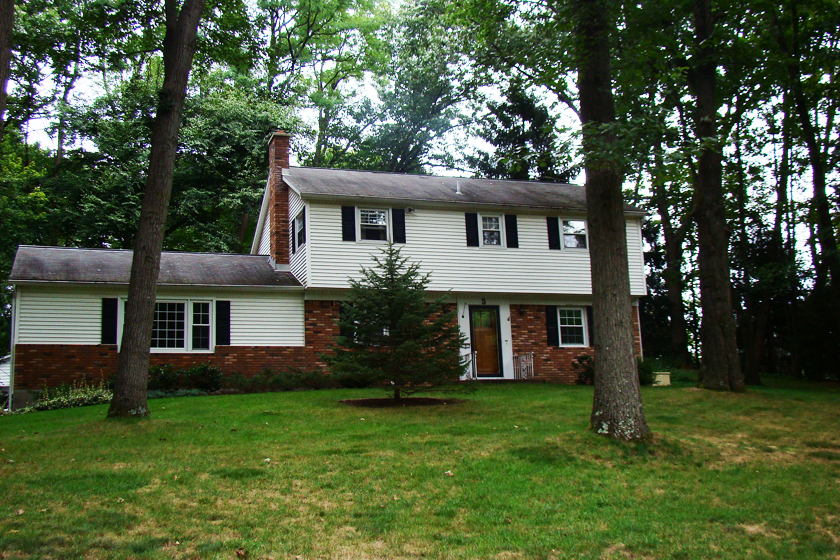
(Photo: Real estate developer Robert Van Patten began construction on the development in 1964 after the Adirondack Northway was expanded into the region of remote wooded hills and some farmland. Tracey Samuelson for WNYC)
That character and sense of community drew Dawn Coletta and her family to Country Knolls in early 2011. Their new colonial is twice the size of their old house on Long Island. It has original Van Patten light switches and a mural of the sky in an updated kitchen.
Coletta’s husband makes $90,000 a year as a repairman for Verizon (“We’re under-average,” she said, laughing, referencing the census data.) This fall, she started driving a public school bus, a job that that allows her to be home with her three boys after school and will bump her family’s income up to be around that of her neighbors.
“We really are like Stepford wives,” she joked, noting that her neighbor is a retired Verizon worker. “Everybody’s the same.”
But, in reality, Coletta said her neighborhood doesn’t feel all that uniform: her neighbors are lawyers and teachers, young couples and retirees.
Many people here commute to work in nearby Albany or Schenectady; they have jobs with General Electric, Verizon, New York State, the nearby regional public school. Global Foundries, a semi-conductor manufacturer, is currently building a $6.9 billion facility just outside Country Knolls.
But residents do have some striking demographic similarities: 95 percent are white, 77 percent are married and nearly 98 percent own their own homes, according to census data.
But it’s not unusual to see people grouped together by income or background at the neighborhood level, experts say.
The share of neighborhoods across the U.S. that are predominantly middle class or mixed income fell from 85 percent in 1980 to 76 percent in 2010, according to a recent report by the Pew Research Center.
Meanwhile, the percentage of people living in majority lower-income or majority upper-income neighborhoods have both ticked up.
“Only in an old city where there are pre-established housing patterns do you see housing for rich people and poor people right next to each other,” Schmidt said.
He added that income segregation means more tax dollars for one town over another, which can mean better services, better schools and better opportunities for children who grow up in those towns. (Technically, Country Knolls straddles two towns).
Additionally, when kids grow up surrounded by people just like them, they tend to think everyone else is just like them, too, he said.
Schmidt sees this firsthand when he asks his economic students how much money they think a typical U.S. household makes.
“If they grew up in a wealthy suburban neighborhood, they guess $100,000, $150,000,” he said. “If they grew up in a really tony neighborhood, they guess $200,000, which are way off.”
Median household income is the U.S. actually just over $50,000.
Two doors down from Dawn Coletta is the white colonial Joanne and Fred Dickman bought in 1970 for maybe $40,000.
The Dickmans moved to Country Knolls when Fred was transferred to the area for his work with General Electric, about 30 minutes away.
The neighborhood “had a lot of couples with young children,” said Joanne. “[They were] the ages we were, about the same places in their life career-wise that we were, and that's the kind of neighborhood we wanted.”
In 2001, they sold the house to their daughter, Melissa, and her husband. He works for the state lottery; she works part-time at local public school.
“Maybe [Country Knolls is] boring to some people, but it’s all pretty much the same,” said Fred Dickman. “And I like it.”

